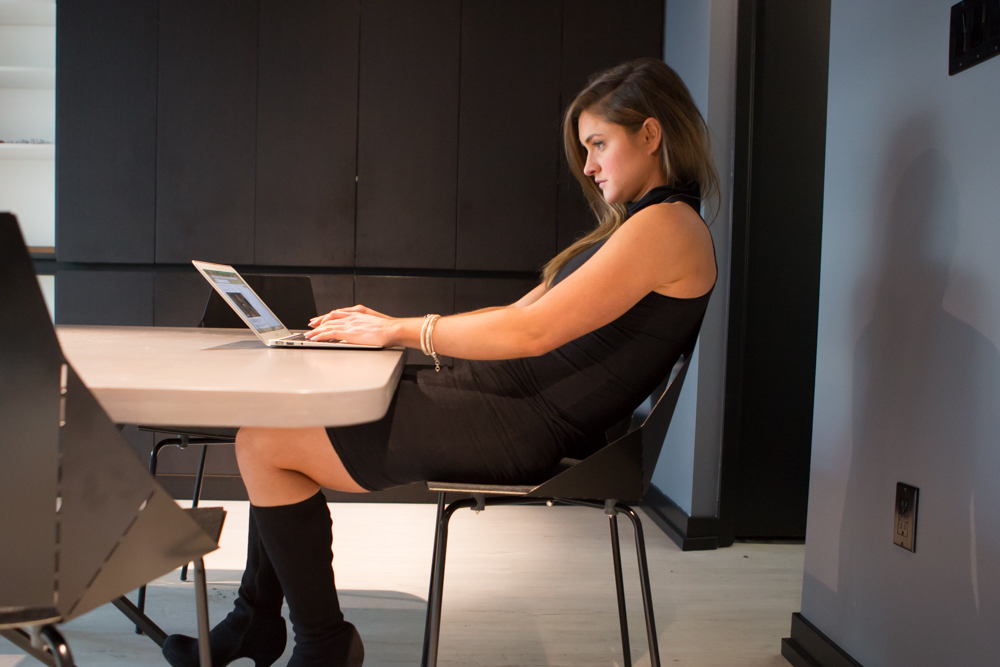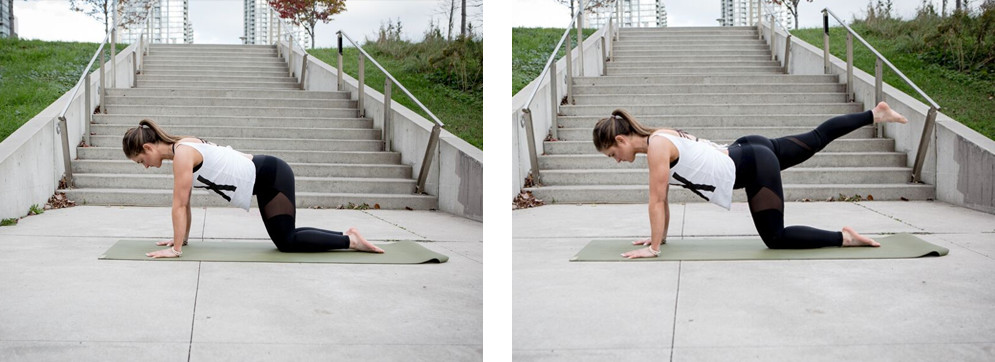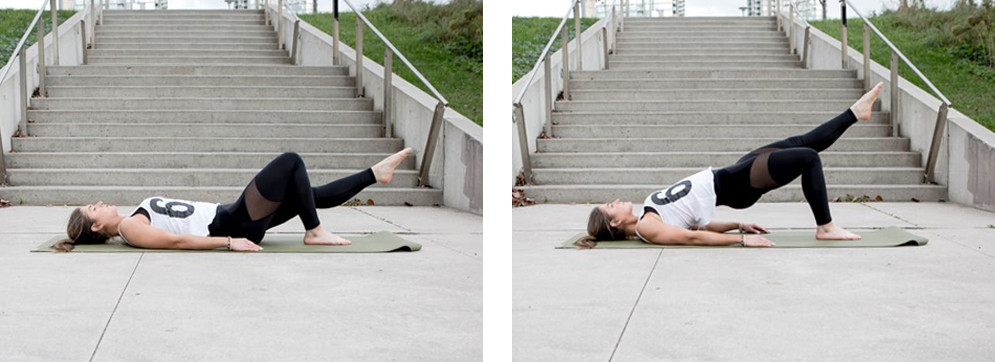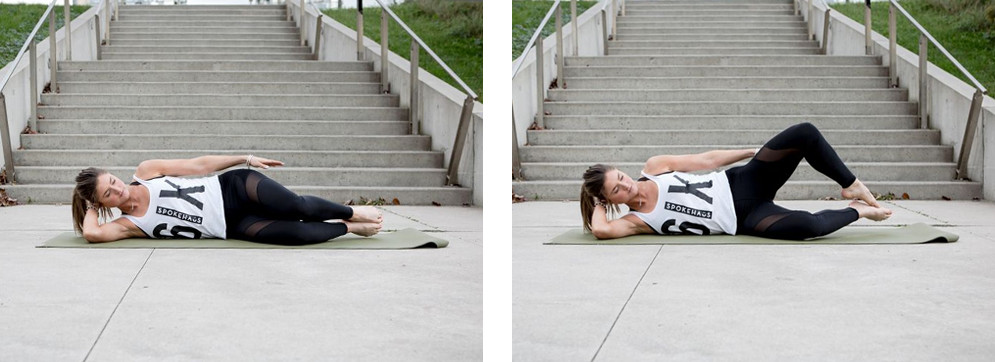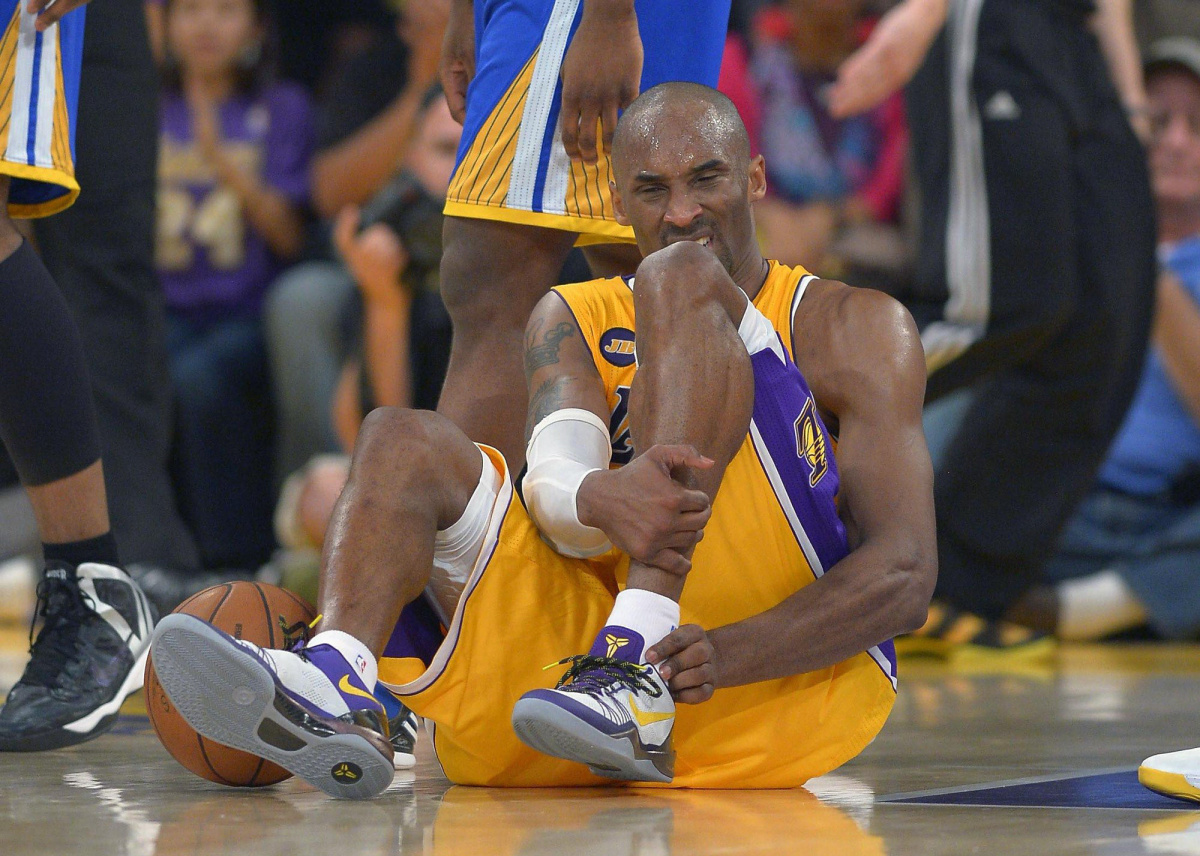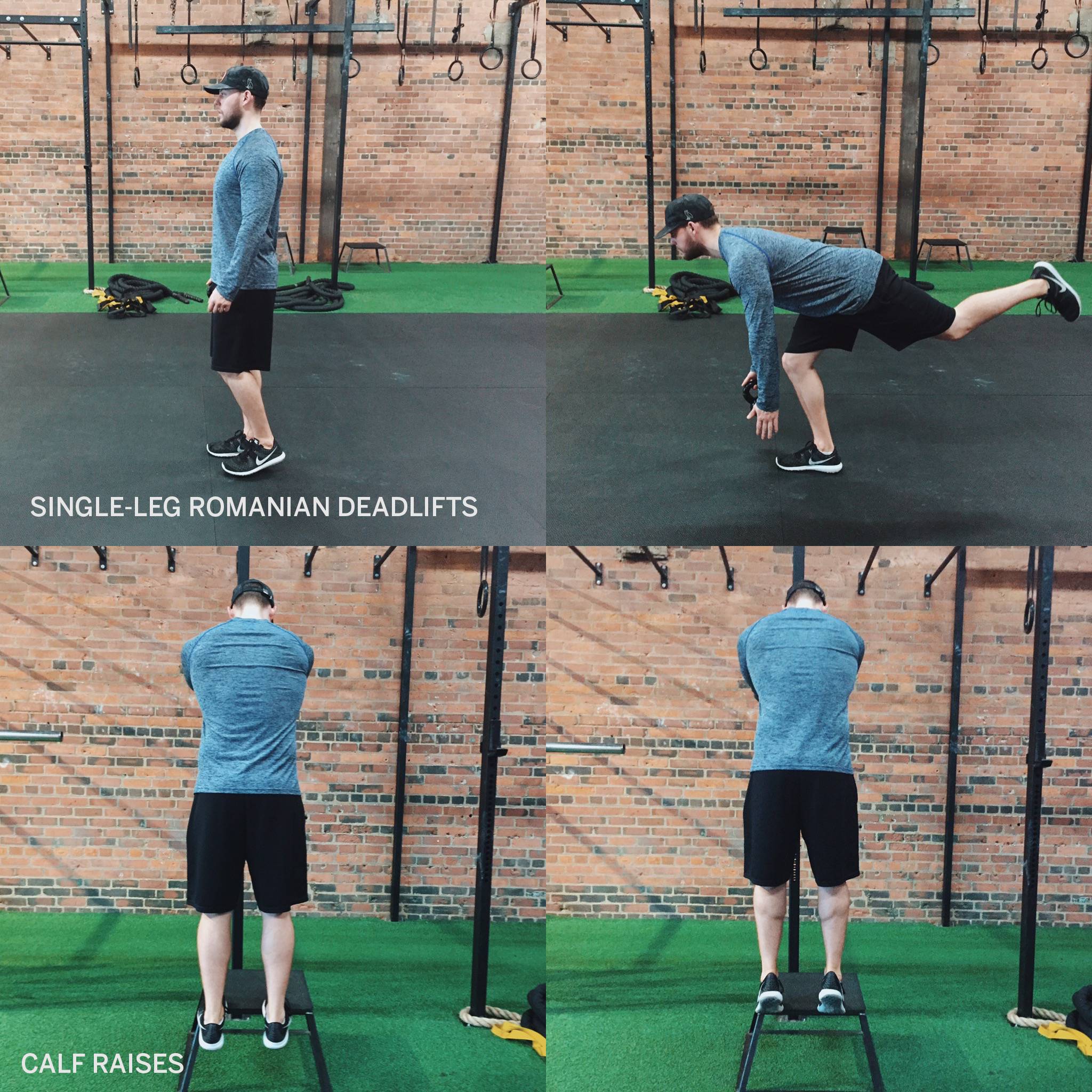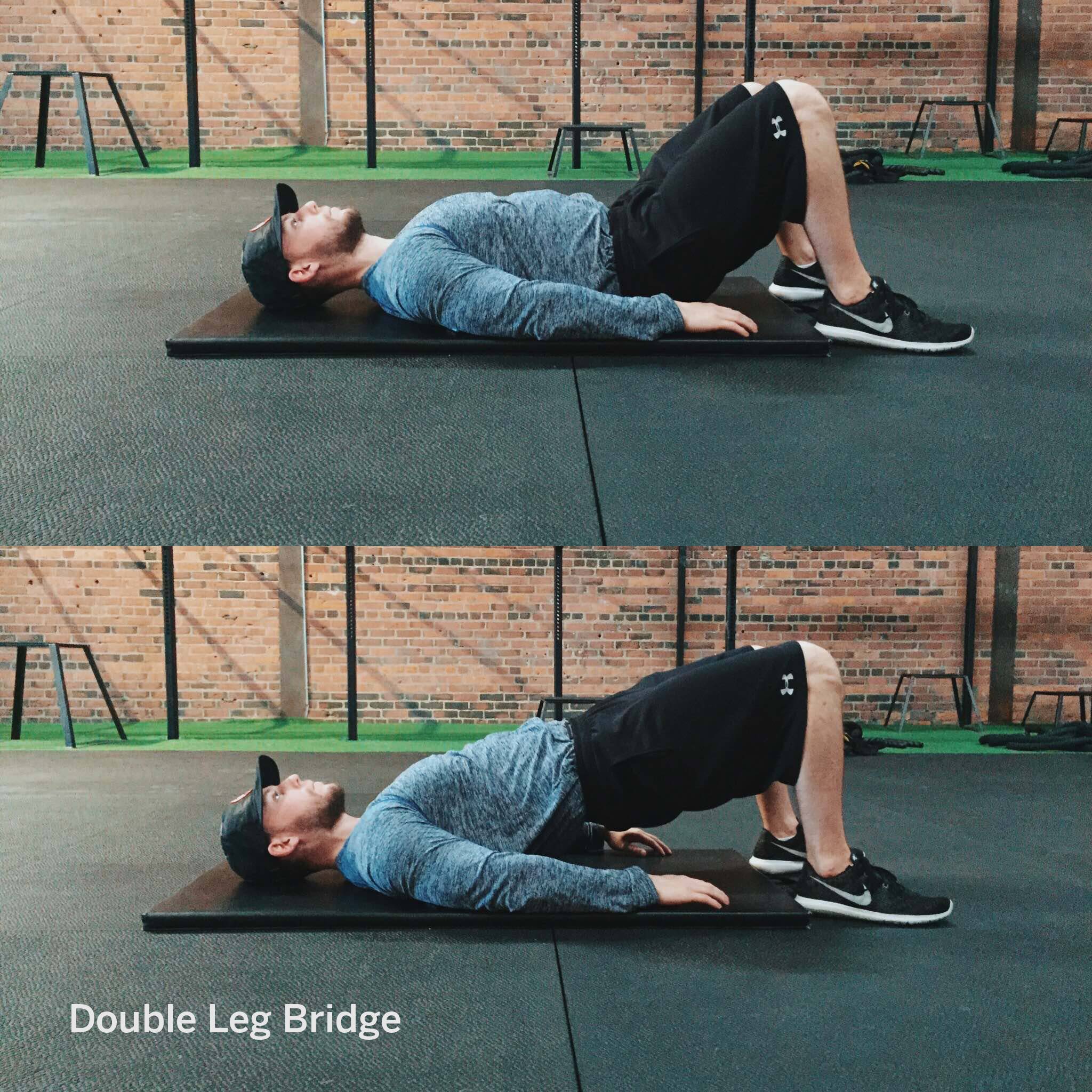How To Fix Your Tight Hips
If your job requires you to sit all day, chances are you’ve complained about having tight hips a few times throughout the week. Here is your 6 step guide to unlocking your hips.
The tight hip sensation you feel is just a manifestation of your body sending signals to your brain to move the body part/joint around. If you continue to ignore those messages, your tight hips will only get worse.
The awareness and sensations become hard to discern, and you may feel confused on whether you are doing the activity right or wrong. Having self-awareness will help you understand when it is time to have a health care professional coach you through the next steps.
Here is when a Myodetox Therapist can provide you with solutions according to your individual needs, to move you along your progressions through the use of our manual therapy and movement education techniques.
So how do you tackle tight hips?
Try out some of these hip drills and exercises to regain the ranges of motion you have lost throughout the years.
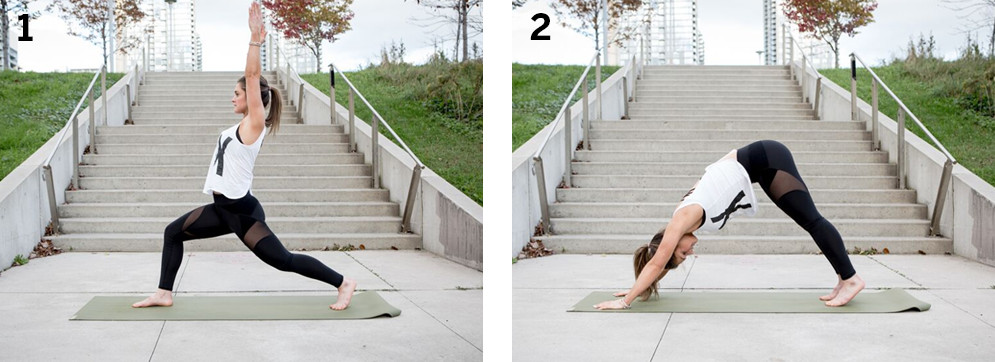
1. Warrior Pose – Get into a one line stance by bringing one foot back and bending the front knee until you feel a comfortable stretch in the hip and quad of the back leg.
2. Downward Dog – Bend forward to place your hands firmly on the ground. Walk your hands out until you get into a tolerable pike position.
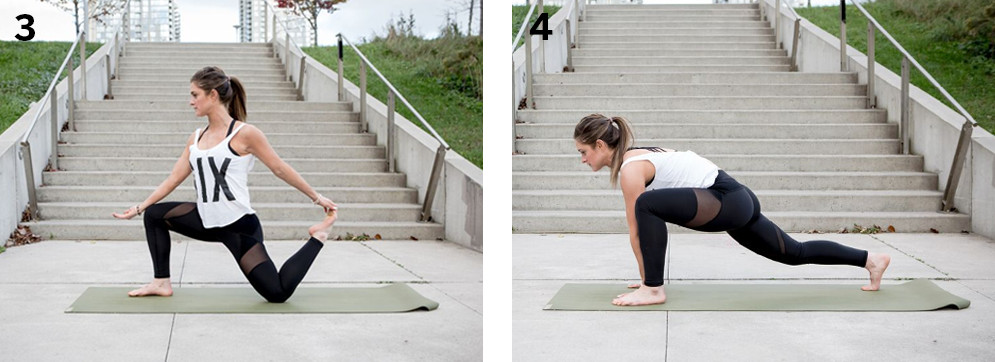
3. Low Lunge Quad Stretch – Get into a one line stance and place one knee on the ground. Reach back to grab the foot of the leg that is on the ground. Pull that foot towards your buttock until you feel a tolerable stretch in the quad of the same leg.
4. Hip Opener stretch – While in a lunge position extend the back leg keeping your knee of the ground. Bring both hands firmly on the floor inside the front leg. Use your elbow to drive the knee out until you feel a comfortable stretch in the groin/hip of the front leg.
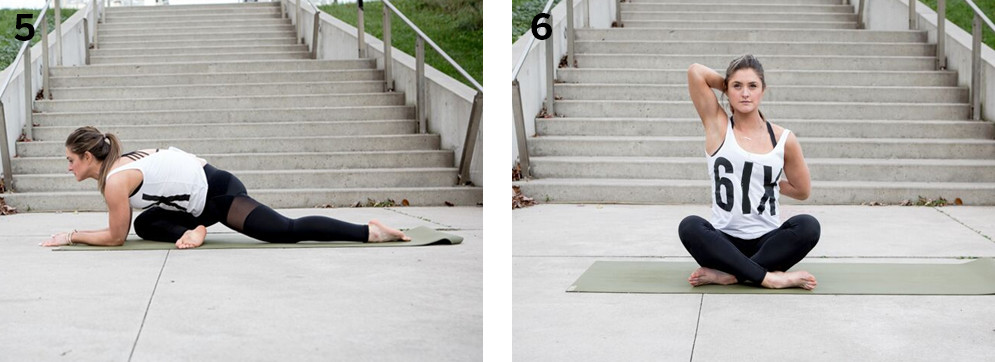
5. Pigeon Stretch – Bring one shin on the floor in front of you with your opposite leg straight back behind you. Place your arms or forearms on the ground in front of you, whichever is more comfortable. Anteriorly tilt your pelvis by sitting up tall and bringing you tailbone towards the sky. Lean forward until you feel a comfortable stretch in the hip of the leg that is in front of you.
6.Cross-legged Arm Reach – Cross your legs in front of you and reach towards the sky. Take one hand and bring it over your head to try to touch the opposite shoulder blade. Take the other hand behind the back and try to touch the opposite shoulder blade.

